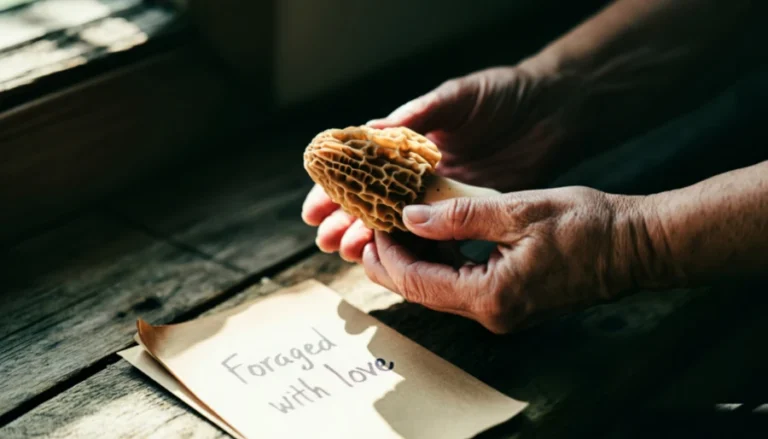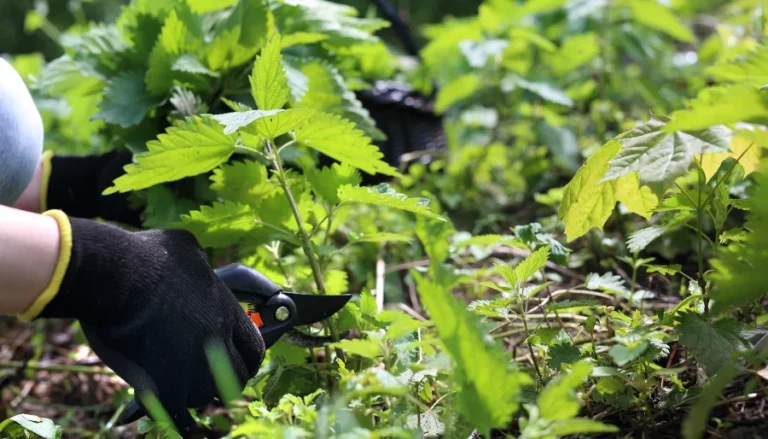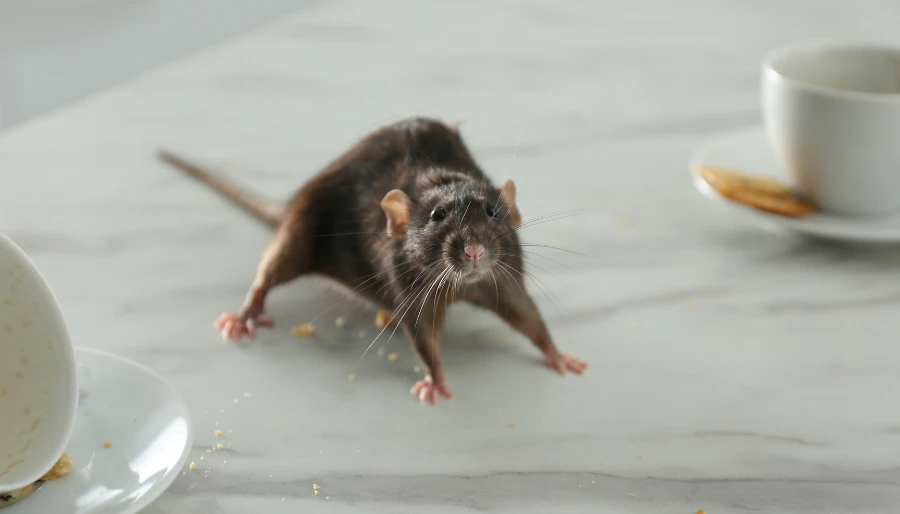Recent research has uncovered a concerning truth about honeybees residing in man-made hives. Contrary to a century-old belief, these bees may have been enduring unnecessary hardship due to a fundamental misunderstanding in hive design, which is based on outdated and just flat out wrong scientific assumptions.
A Century-Old Misconception
For over 119 years, beekeeping practices and hive designs have been influenced by the belief that the clustering behavior of honeybees offers a form of evolutionary insulation. This notion has shaped the way beekeepers manage their colonies, especially during colder months. Notably, some California beekeepers even place their bee colonies in cold storage during summer, believing it benefits brood health. However, this study challenges these long-standing practices, revealing that clustering isn’t a benign reaction to temperature changes but a sign of distress.

The Natural Habitat vs. Man-Made Hives
In nature, honeybee (Apis mellifera) colonies don’t hibernate. They overwinter in tree cavities, which provide insulation to maintain temperatures above 18 °C (64.4 F), even in climates that drop to -40 °C. This natural setting starkly contrasts with the thin, 19mm wooden walls of commercial hives, which differ significantly from the 150mm thick walls of their natural tree hollow habitats. In these man-made hives, bees form dense clusters between honeycombs to survive, with the core of these clusters being warmer, up to 18 °C, where bees generate most of their heat by metabolizing sugar from honey.

The Misinterpretation of Clustering
The study reveals a critical misinterpretation of the clustering behavior. Historically, beekeepers and academics believed the cooler outer layers, or the mantle of the cluster, insulated the inner core. This led to the justification of using thin-walled hives in extremely cold climates and, by the late 1960s in Canada, the practice of keeping honeybees in cold storage at 4 °C (39.2 F) to induce clustering. This approach continued into the 2020s, with beekeepers across the U.S., from Idaho to Southern California, refrigerating bees in summer for easier chemical treatment of parasites.
The Reality of Clustering: A Sign of Distress
However, the study found that the mantle acts more like a heatsink than an insulator, with bees struggling to stay warm rather than being comfortably insulated. As temperatures drop, bees around the mantle enter hypothermic shutdown, ceasing heat production. This causes the mantle to compress, reducing insulation and increasing thermal conductivity, in a desperate effort to keep the temperature above 10 °C (50 F). This is akin to compressing a down jacket, where the air gaps that provide insulation are lost, increasing thermal conductivity, much like a dense leather jacket.
Ethical Implications and the Need for Change
The study calls for a reevaluation of beekeeping practices, emphasizing the need to reduce clustering frequency and duration. It highlights the urgency of this issue, considering emerging evidence that insects, including bees, may experience pain. For instance, a 2022 study found that bumblebees exhibit responses to harmful stimuli akin to pain responses in humans.
Toward a More Ethical Beekeeping Practice
More To Discover
This revelation about honeybee welfare demands a shift in beekeeping practices. Beekeepers and researchers must rethink hive design, potentially adopting materials like 30mm polystyrene for better insulation. Understanding the hive as an extended phenotype of the honeybee, similar to a spider’s web or a beaver’s dam, can lead to more ethical and scientifically sound beekeeping methods.
Source: Journal of Experimental Biology




















